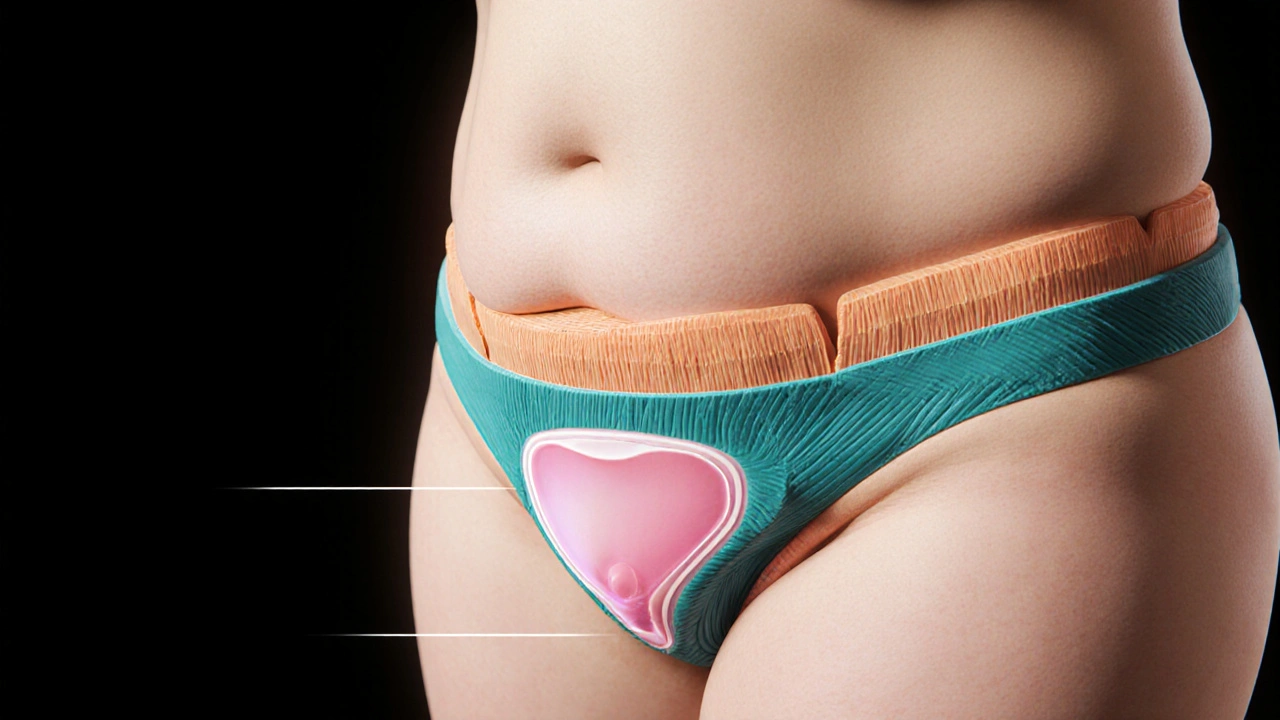Leaking urine can feel embarrassing, but most people can avoid it with a few daily tweaks. You don’t need fancy equipment or expensive meds – just a bit of awareness and a couple of easy habits.
First, keep a simple bladder diary for a week. Write down when you drink, what you drink, and when you go. Patterns pop up fast: maybe you wait too long between trips, or a certain drink makes you run to the bathroom more often. Knowing your triggers is the foundation for any plan.
Staying hydrated sounds obvious, but over‑drinking or drinking the wrong things can irritate the bladder. Aim for 6‑8 cups of water a day, spread out evenly. Sipping small amounts regularly is better than gulping a large glass at once.
Caffeine and alcohol are common culprits. They can make the muscles around the bladder spasm, leading to sudden urges. If you notice leaks after that afternoon coffee, try cutting back to one cup or switching to decaf. The same goes for fizzy drinks – the bubbles can irritate the lining.
The pelvic floor is a hammock of muscles that holds the bladder in place. Strengthening it is like giving your bladder a supportive waistband. Start with Kegels: tighten the muscles you’d use to stop passing gas, hold for three seconds, then relax for three. Do three sets of ten each day. You’ll feel a subtle burn, not pain.
If Kegels feel awkward, try a seated leg lift or bridge exercise – they engage the same muscle group while you’re moving. Consistency matters more than intensity; a few minutes a day adds up.
Other lifestyle moves help too. Carrying excess belly weight squeezes the bladder from the inside, increasing leaks. Even a modest weight loss of 5‑10 % can reduce urgency. Quitting smoking is another win: nicotine irritates the bladder lining and weakens muscle tone.
Plan bathroom trips instead of waiting for a desperate urge. Set a timer for every two to three hours and go even if you don’t feel the need. Over time, your bladder learns a regular schedule and the sudden “need‑to‑go” spikes fade.
Good posture supports pelvic muscles. Sit up straight, keep your shoulders back, and avoid crossing your legs for long periods. Simple changes like standing up to stretch every hour can prevent the pelvic floor from getting lazy.
If leaks persist despite these steps, it’s time to talk to a doctor. Conditions like overactive bladder or nerve issues need professional help. Our article on How Dehydration Triggers Bladder Spasms and What You Can Do explains why staying properly hydrated matters even more if you have an underlying bladder problem.
Bottom line: small, consistent habits – balanced fluids, pelvic floor work, healthy weight, and regular bathroom breaks – give you real control over urinary leaks. Try one change at a time, track the results, and you’ll see improvement before you know it.

Explore how obesity raises the risk of urine leakage, learn warning signs, and discover effective weight‑loss, diet, and pelvic‑floor strategies to prevent urinary incontinence.